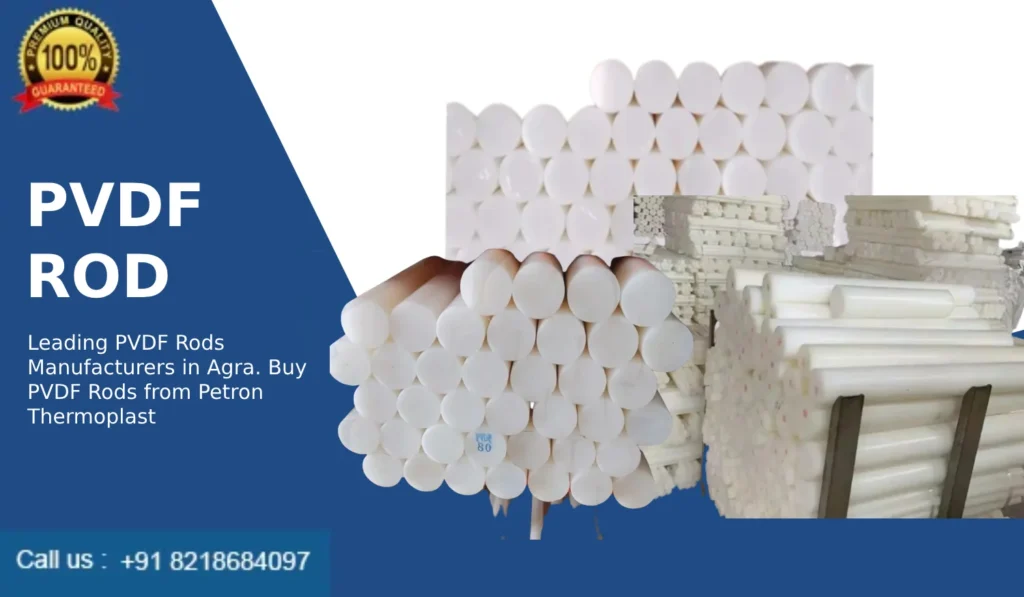PVDF, or Polyvinylidene fluoride, is a synthetic polymer belonging to the fluoropolymer family. It is known for its exceptional resistance to chemicals, weathering, and UV radiation, making it suitable for various industrial applications. PVDF is characterized by its high purity, excellent mechanical properties, and ability to withstand harsh environments.
Definition of PVDF Rod: A PVDF Rod is a cylindrical solid made from PVDF material. It is typically manufactured through processes like extrusion or compression molding, ensuring uniformity and consistency in its properties. PVDF rods inherit the material's key characteristics such as chemical resistance, low friction, and high strength.
Applications of PVDF: PVDF finds extensive use across several industries due to its unique properties:
- Chemical Processing: PVDF is widely used in chemical processing equipment such as pumps, valves, and piping systems due to its resistance to corrosive chemicals.
- Electrical Engineering: It is employed in electrical components like wiring, cables, and insulators because of its excellent dielectric properties and flame resistance.
- Construction: PVDF is used in architectural coatings for its weather resistance and color retention capabilities, especially in facades and roofing materials.
- Medical: In the medical field, PVDF is used in applications requiring biocompatibility and sterilizability, such as surgical implants and medical tubing.
Use Case of PVDF Rod: A specific example of PVDF rod usage includes:
- Bearings and Bushings: PVDF rods are machined into bearings and bushings due to their low friction coefficient, wear resistance, and ability to operate in chemically aggressive environments. These components are critical in industries ranging from automotive to aerospace.
How Modern Engineering Uses PVDF Rod: Modern engineering leverages PVDF rods for their:
- Advanced Manufacturing: PVDF rods are integrated into additive manufacturing processes (3D printing) to create intricate parts with high precision and durability.
- Environmental Sustainability: PVDF's recyclability and resistance to degradation contribute to sustainable engineering practices, aligning with global efforts towards eco-friendly solutions.
In conclusion, PVDF and PVDF rods exemplify the evolution of materials science, offering versatile solutions across industries where performance under challenging conditions is paramount. Their continued development and application underscore their importance in modern engineering practices





Comments